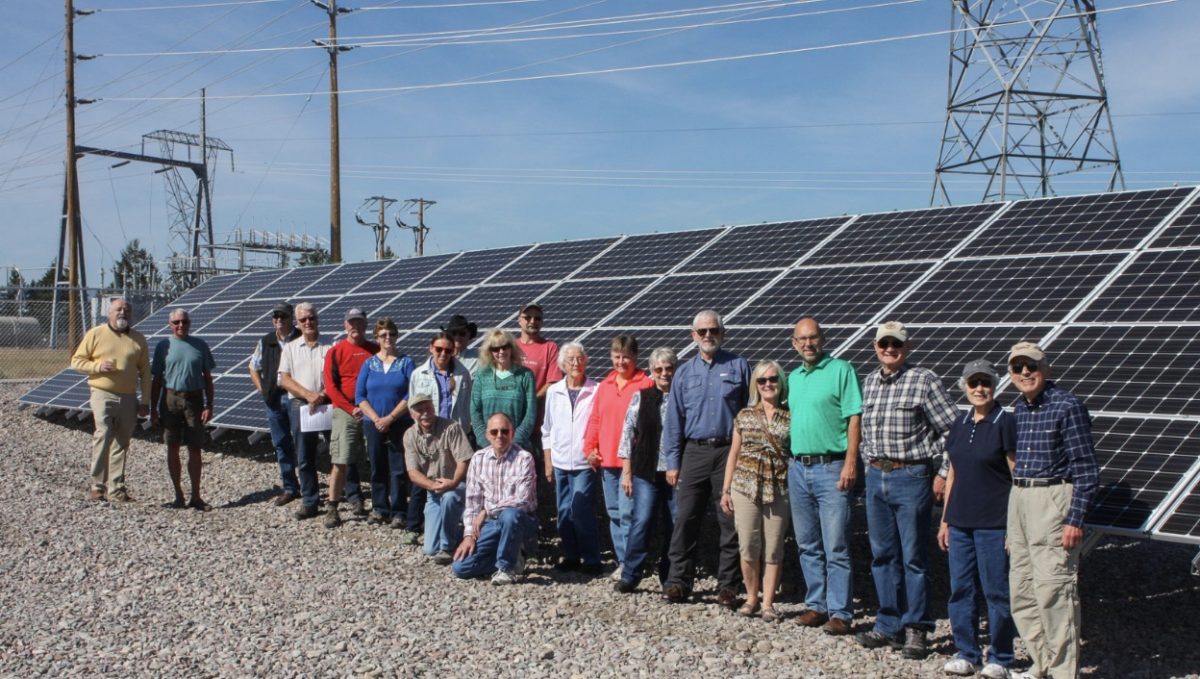
At least seven utilities chose to bias their resource modeling against solar in 2019. The good news is that transparent utility modeling could fix the problem.
Every one of the seven utility resource plans that pv magazine covered in depth this year was biased against solar. Utilities used common techniques to pull this off.
In each state where solar associations and clean energy groups challenged such anti-solar bias, they made similar arguments, but generally did not make headway with regulators.
Here are the most common methods used by utilities to block solar in their resource plans in 2019, according to testimony in each regulatory proceeding.
Assuming high future costs for solar: The National Renewable Energy Laboratory is an enabler of this method, as its Annual Technology Baseline includes a constant cost scenario which assumes that ongoing improvements in solar technologies and costs have come to a halt. Utilities using this method include Tennessee Valley Authority, Dominion Virginia, DTE Energy (Michigan), PREPA (Puerto Rico).
Assuming low future costs for fossil and/or nuclear resources: Tennessee Valley Authority, PREPA, Northwestern Energy (Montana).
Setting an arbitrary limit on solar additions each year: Maybe a given utility can’t imagine installing more than a few hundred megawatts of solar each year, but our nation’s solar developers could easily install one or more gigawatts per year for them. Utilities using this ploy — Tennessee Valley Authority, Dominion Virginia, PREPA.
Ignoring solar-plus-storage: The easiest way to keep solar-plus-storage out of your resource plan is to not include it as an option. Utilities using this method or a similar one — Georgia Power, Dominion Virginia.
Excluding competitive bidding for solar: Dominion Virginia, DTE Energy
Hard-coding the utility’s preferred resources: This is essentially thumbing your nose at your own model — DTE Energy
Assuming coal plants cannot be retired: When a coal plant is retired there are savings from avoided fixed operating and maintenance costs, which can be substantial on a per-kWh basis for a coal unit that is rarely operated — Duke Energy
Ignoring single-axis trackers: DTE Energy
Not considering flexible solar generation: Dominion Virginia
Using an allegedly outmoded and soon-to-be-retired model: Georgia Power
One solution could be transparent utility modeling, which an expert witness for the Solar Energy Industries Association called for in a Michigan case. Several states and Puerto Rico already require this type of modeling, although enforcement is often a challenge.
2019-12-23 13:00:00Z
https://pv-magazine-usa.com/2019/12/23/heres-how-utilities-block-solar-power-in-their-resource-plans/
CBMiZWh0dHBzOi8vcHYtbWFnYXppbmUtdXNhLmNvbS8yMDE5LzEyLzIzL2hlcmVzLWhvdy11dGlsaXRpZXMtYmxvY2stc29sYXItcG93ZXItaW4tdGhlaXItcmVzb3VyY2UtcGxhbnMv0gEA
No comments:
Post a Comment